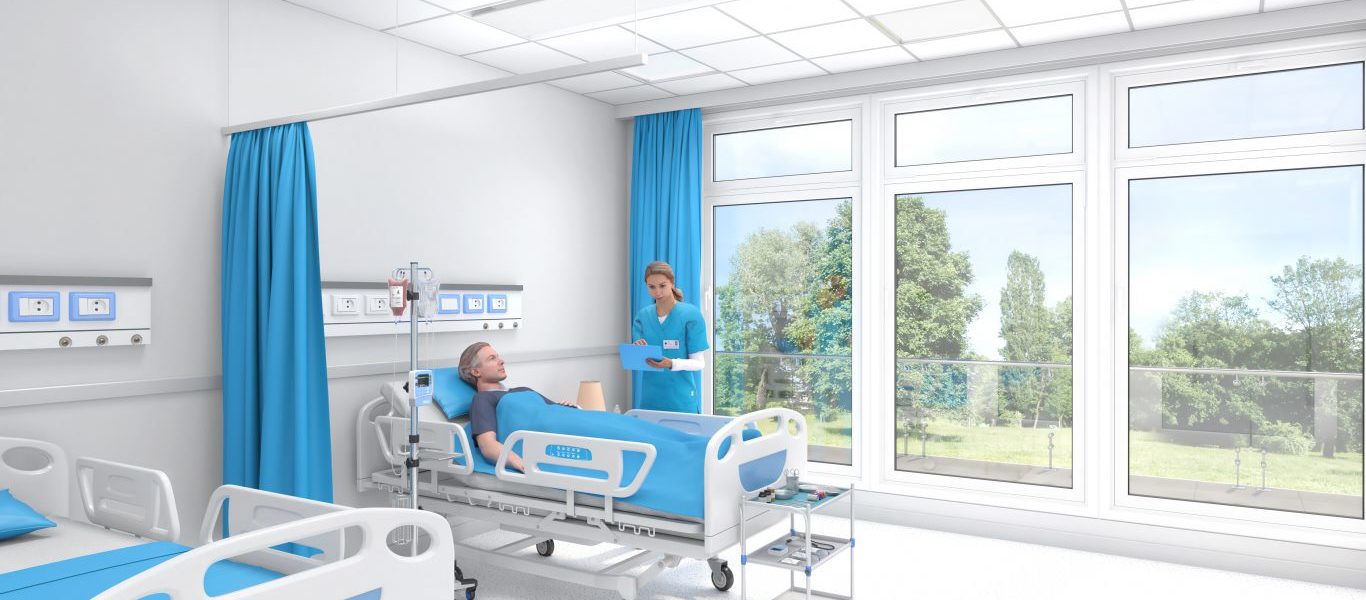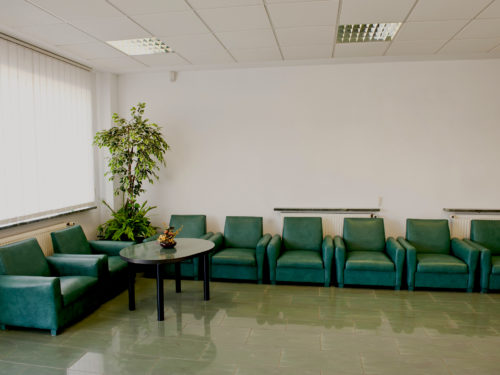
- admin
- healthcare
- Comments Off on 6 Hospitals Improve Patient Experience with Charging Solutions
Today’s patient experience is a game of cat and mouse. Hospital executives think they know where the experience is weakest, so they set up hidden cameras (and often not-so-hidden focus groups) to capture real patient experiences. They crack open the data, noise cancelation software, and bar graphs to isolate which services are most in need of improvement – and then cross their fingers that these conclusions won’t be blown apart just six months later when the same study starts analyzing a whole new sample set. Meanwhile, patients are figuring out ways to game the system by researching hospitals beforehand to find one with better coffee and nicer carpets rather than one with lower MRSA rates.
How Hospitals are Improving Patient Experience
The experience that patients have while receiving treatment in a hospital or any other medical facility is critical. This experience will either make or break the relationship between patients and the facility as well as their willingness to recommend that facility to others in the future. Hospitals today are under increasing pressure to improve the overall patient experience. This is partly as a result of the aging population and growing prevalence of chronic diseases. People are staying in hospitals longer, meaning that there is a greater chance of having a negative experience. Patients are also more aware of their healthcare options and are increasingly empowered to select providers that provide the experience and care that they want. Given that the patient experience is a key factor for patients when making the choice of provider, improving the experience is critical to maintain and grow market share.
Charging station solutions for patient experience
This sounds like a great new piece of tech designed to improve the patient experience by letting them charge their cell phones at the hospital. But the real value of cell phone charging stations at the hospital is that they give patients a way to disconnect from the stress and anxiety of being in the hospital. The best hospital chargers go even further to make the experience more pleasant by offering places to sit, charging stations for other devices, and maybe even a place to put food or other items. All of these create a more soothing atmosphere for patients and family members who are far from home and don’t want to leave the hospital for even a few minutes.
What’s the problem?
Aside from the fact that some people just plug their phones in and leave them by their bedside, hospital charging stations are designed to accommodate only a single device at a time. While this is enough for the average patient, it’s not enough to adequately serve large families and even larger groups of friends who often visit patients. With a single option, visitors are required to leave their devices behind, or if they insist on keeping them nearby they will likely disrupt other patients who are trying to sleep. Hospitals that want to provide a better charging experience may want to consider offering a variety of charging options to accommodate everyone. This might include charging stations with multiple outlets, power strips, USB ports, or even wireless charging.
What Are Cell Phone Charging Stations?
Cell phone charging stations are specifically designed to let people plug in as many devices as they want and leave them there until they’re fully charged. They’re available in a variety of styles and shapes to accommodate a wide range of devices and work with any electrical outlet. Depending on the specific design, cell phone charging stations can either be freestanding or wall-mounted. Popular options include tables that can accommodate a few people, wall-mounted outlets that can charge several devices at once, and charging towers that can hold a large number of devices at once. Since cell phone charging stations are designed to accommodate a large number of devices, they’re also a great option for other locations where people need to charge their devices. This could include businesses such as hotels and convention centers or even public places like airports and restaurants.
Charging Rooms – The Good and The Bad
Charging rooms are designed to give people a comfortable space to charge their phones while they’re in the hospital. They’re usually located in high-traffic areas like the cafeteria and often have chairs, tables, and outlets to plug in multiple devices at once. While charging rooms are a good option for helping people charge their devices, they also present a few challenges for patients and hospital staff. Charging rooms can be noisy, especially during busy hours when many people want to charge and use their devices at the same time. This can make it difficult for people to relax and sleep without being disturbed. In addition, charging rooms can create a problem for hospital staff by encouraging people to stay in the building longer. This can create a burden on staff and make it more difficult for people to get their devices fully charged and get out of the building as quickly as possible.
The Good and The Bad
Other than that, charging rooms have a few advantages over cell phone charging stations. They typically have more outlets and are often located in areas where people are already gathered and spending time. This makes them easier to find and means they’re not competing with other charging stations for attention. Charging rooms also provide a greater sense of privacy for people who don’t want their devices plugged in in public places. Of course, if you leave your device plugged in very long in a private room like a charging room, you risk overcharging.
Conclusion
Cell phone charging stations and charging rooms are both good options for hospitals to provide a better charging experience. While charging rooms might be better for patient relaxation, charging stations are better for accommodating larger groups of people. Hospitals can also improve the charging experience by providing public information about where patients can charge their devices. This includes providing information about the best locations to charge in a variety of areas within the facility like the cafeteria, gift shop, and sitting areas. Although mobile devices have become an essential part of healthcare, hospitals often fail to meet the needs of patients with regard to charging their devices. This may be due to the fact that hospitals are concerned with prioritizing the needs of their staff over patients’ needs.



